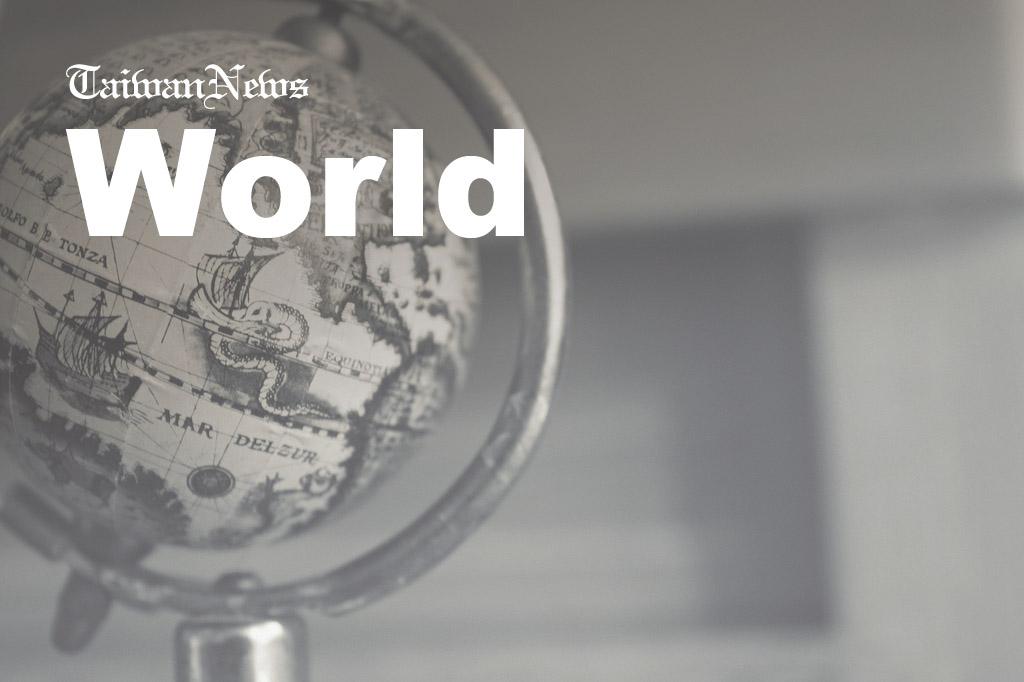
In today's world where the debate on excessive disposable packaging and its impact on the environment continues to rage, there is a growing need for sustainable alternatives. One such solution lies in embracing the good old vacuum flask and lunchbox, which have stood the test of time as durable companions for eating on the move. In this blog post, we will explore the social history of design for eating on the move and discuss the importance of durable boxes in creating a sustainable future.
The prevalence of excessive disposable packaging in our daily lives can be seen in the aisles of supermarkets, where fruits and vegetables are often sealed in convenient plastic bags. While this might seem like a practical solution for many consumers, it comes at a high cost to our environment. These flimsy bags contribute to the already burgeoning plastic waste crisis, leading to pollution, habitat destruction, and threats to marine life.
To combat this issue, it is essential to shift our focus towards more sustainable alternatives. This is where the humble vacuum flask and lunchbox come into play. These durable containers have a long-standing tradition in the history of design for eating on the move. Not only do they offer practical solutions for carrying food and beverages, but they also have a significant impact on our carbon footprints.
The concept of a vacuum flask dates back to the 19th century when it was invented by Sir James Dewar. This ingenious creation consisted of an insulated container that could maintain the temperature of its contents for an extended period. It revolutionized the way we carry hot or cold beverages, eliminating the need for single-use cups and bottles that contribute to waste and pollution.
Similarly, the lunchbox has played a vital role in ensuring that people can enjoy homemade meals on the go. From schoolchildren to working professionals, the lunchbox has been a trusted companion for those who prioritize healthier and more sustainable eating habits. By packing a homemade meal in a lunchbox, individuals can avoid the excessive packaging and unhealthy options often found in fast-food chains and takeaways.
The social history surrounding design for eating on the move is an intriguing one. As the world rapidly industrialized, more people found themselves in need of portable solutions for food and beverages. This demand led to an array of innovative designs and materials being used in the creation of durable boxes.
In recent years, advancements in material science and design have further enhanced the durability and sustainability of these containers. Stainless steel and eco-friendly plastic alternatives have replaced conventional materials, making them more robust, long-lasting, and less harmful to the environment.
Furthermore, the rise of the zero-waste movement and the increasing public awareness about the consequences of excessive packaging have fueled the demand for durable boxes. People are now actively seeking out reusable alternatives to reduce their ecological footprint and make sustainable choices.
By incorporating keywords such as durable box, sustainable design, reusable containers, and eco-friendly alternatives, this blog post aims to attract readers who are specifically looking for information about durable lunchboxes and vacuum flasks. The inclusion of such keywords in an SEO-friendly manner will help maximize the visibility and reach of this content.
In conclusion, the social history of design for eating on the move highlights the critical role that durable boxes, such as vacuum flasks and lunchboxes, play in creating a sustainable future. By ditching disposable packaging and embracing reusable alternatives, individuals can contribute to reducing waste, protecting the environment, and enjoying healthier eating habits. Through innovative design and material advancements, these durable containers continue to evolve, offering practical and eco-friendly solutions for eating on the go.